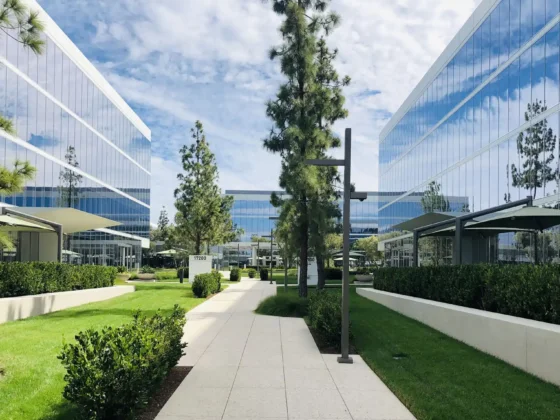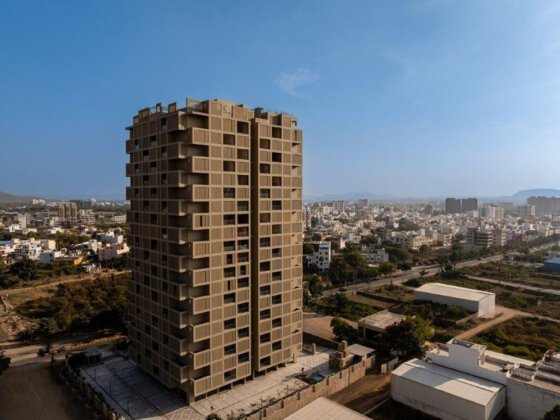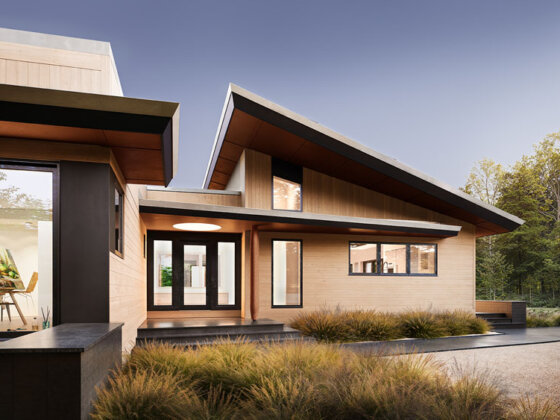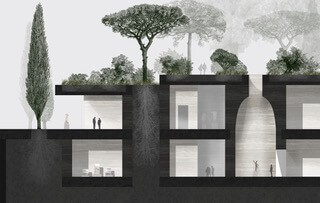Doha, Qatar
“Architects have long aimed to provide the hospital with a final solution. This proposal starts from the opposite end: viewing the hospital as the type of building that is forever under construction, as an organism for which space and time must be considered,” states Reinier de Graaf of The Office for Metropolitan Architecture (OMA).

Reinier de Graaf/OMA and Buro Happold have devised a new concept for a health care district in Doha, Qatar that explores the “potential of modularity, prefabrication, and automation in relation to the rapid changes in medical science” on a 1.3 million-sqm plot with low cost, cross-shaped modular units that are prefabricated on site.
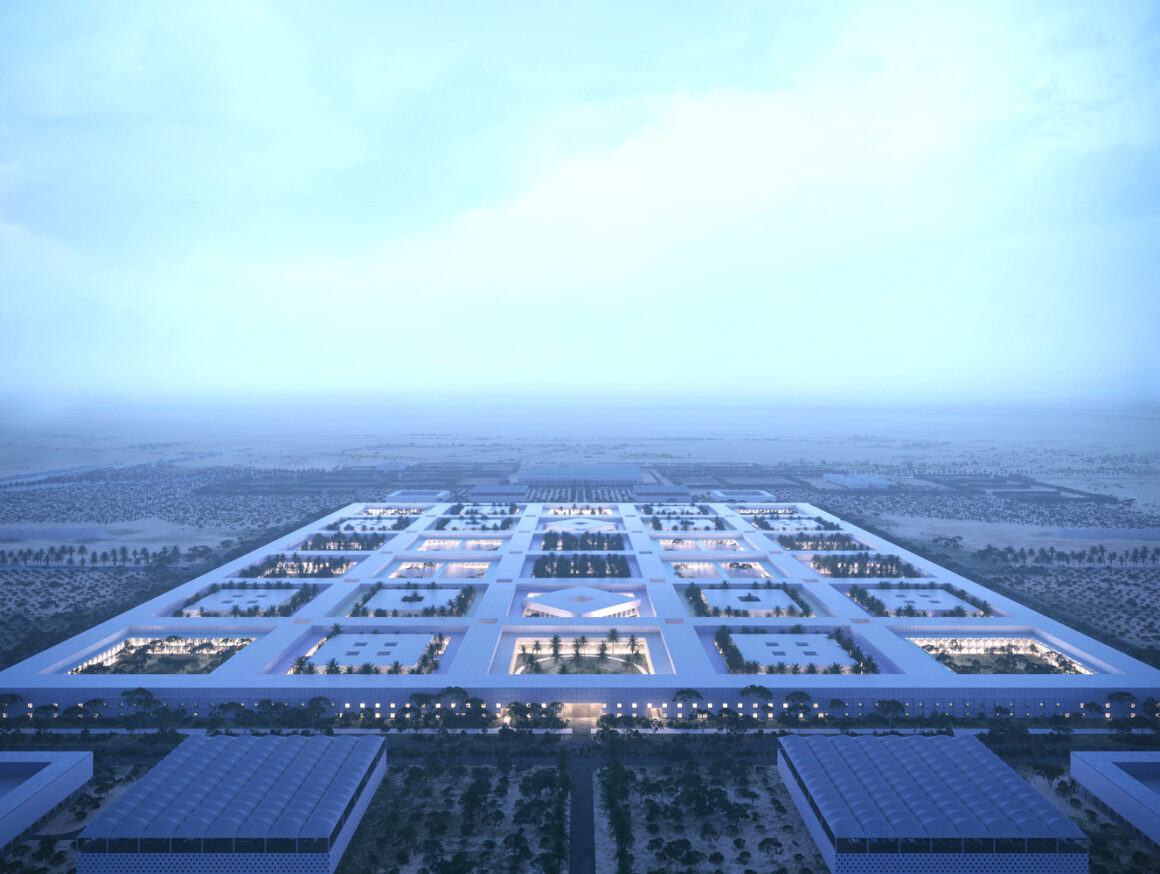
For the Al Daayan Health District, the prefabrication of the units, a local high-tech farm will supply food and medicinal plants for medicine production, and a solar farm will allow the district to function autonomously.
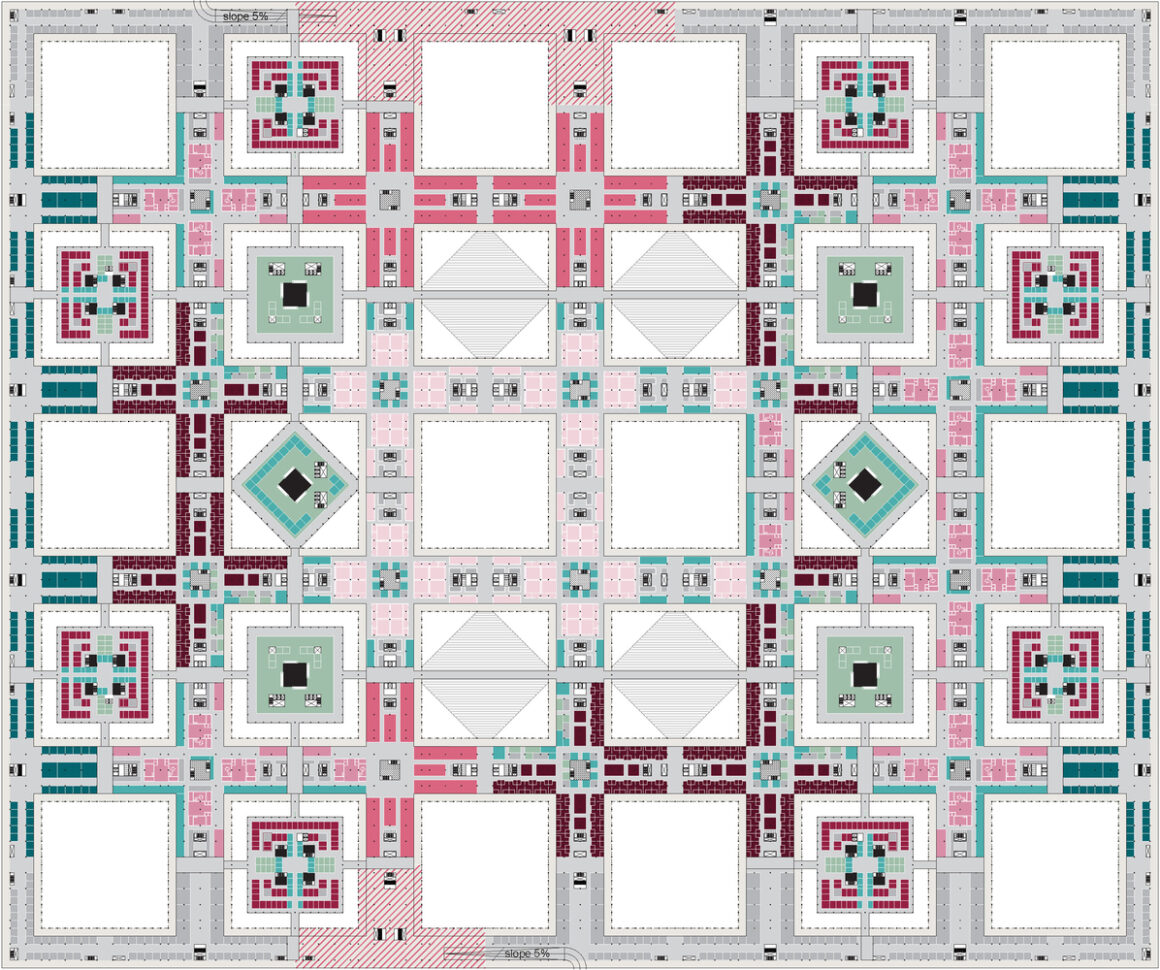
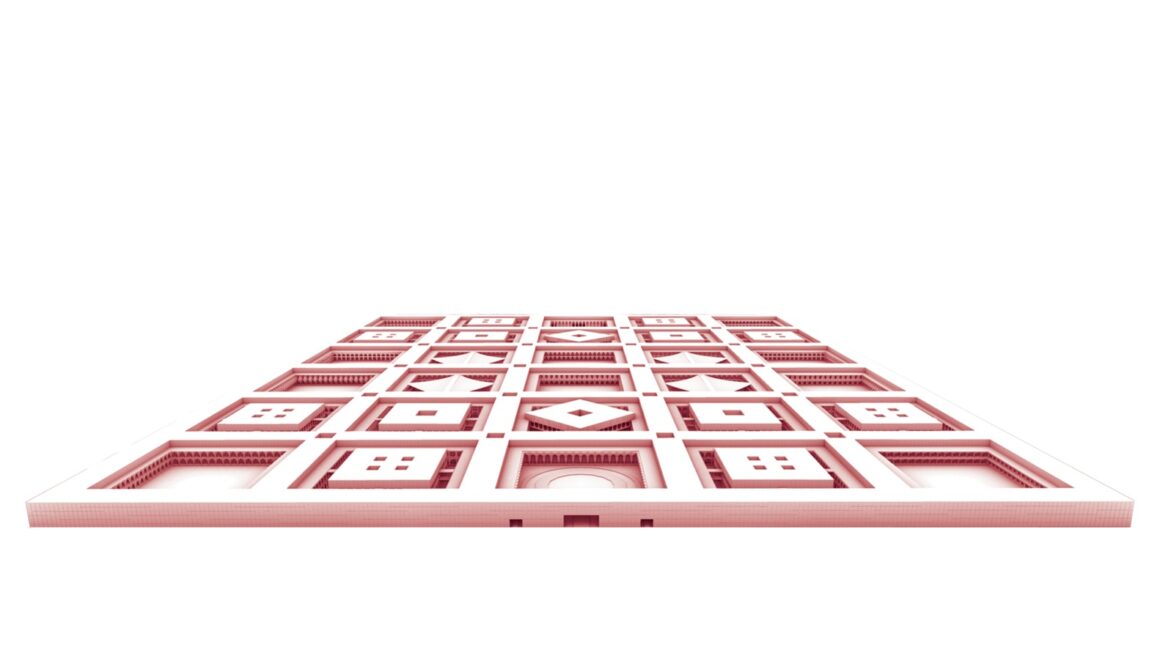
At the center of the master plan is a two-story structure that combines a teaching hospital, a women’s and children’s hospital, and an ambulatory diagnostics center.
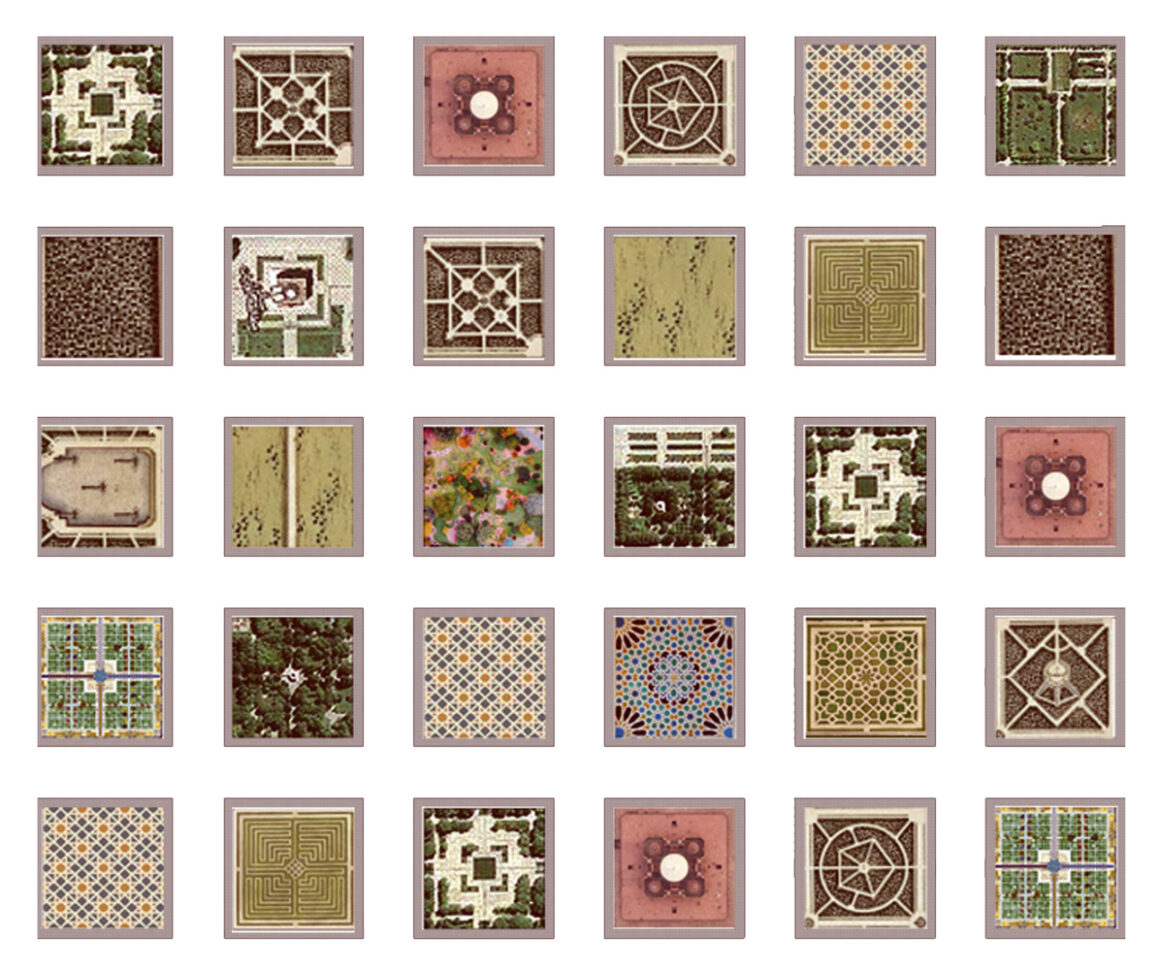
Clinical facilities are allocated on the first floor while bed wards are placed on the ground floor to reduce the need for elevators and give patients visual access to the gardens, an architectural feature that has long been used in Islamic medical architecture.

The modular units are built locally at low cost with minimum reliance on global supply chains and can be reconfigured and expanded without interrupting or affecting ongoing processes.
Since they will be 3D-printed, various designs can be considered for the façade, highlighting ornamentation as an integral part of the architecture.

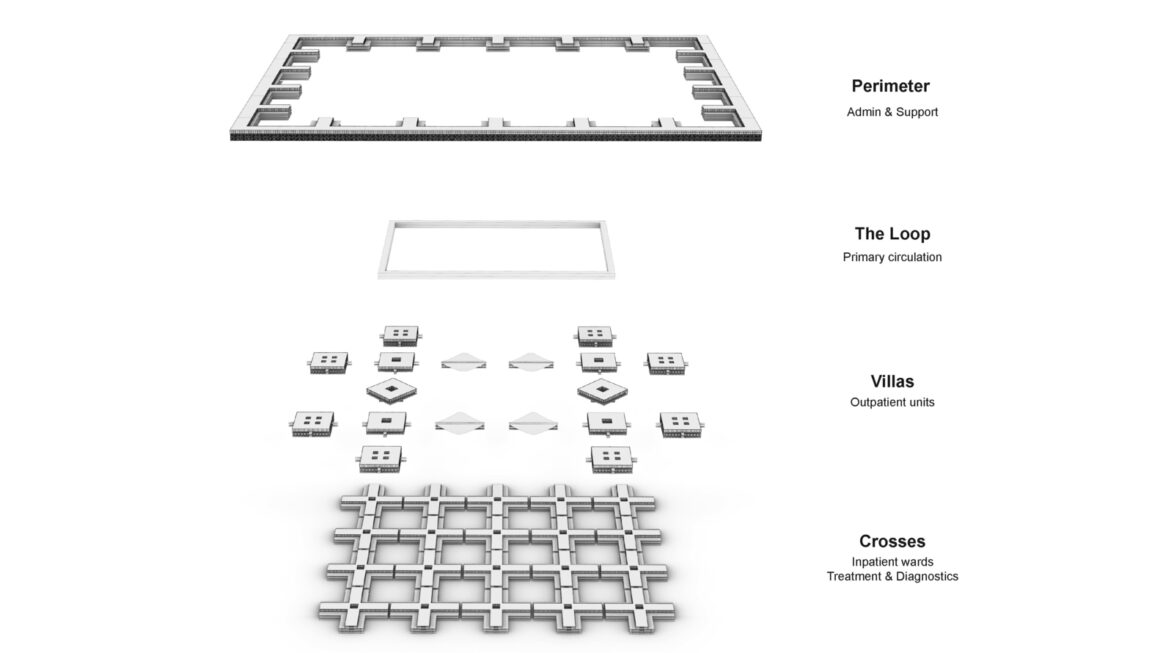
Project: Al Daayan Health District
Architects: Office for Metropolitan Architecture (OMA)
Environmental Engineers: Buro Happold



